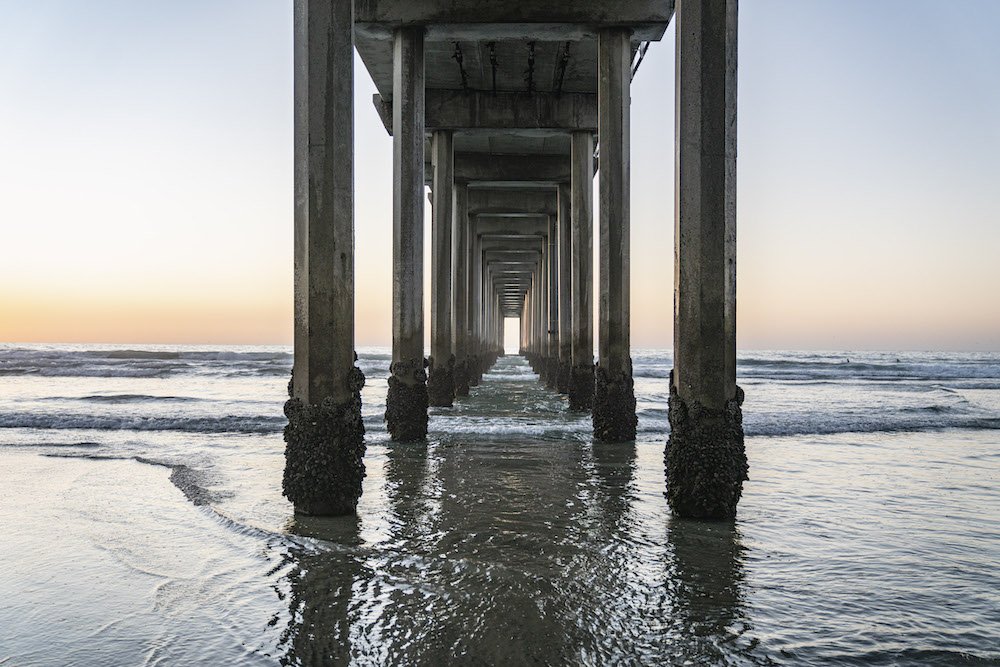In response to increasing visitor numbers and concerns about overcrowding, Mount Rainier National Park in Washington is implementing a new reservation system for summer visits. This move comes as another step by national parks to manage the growing crowds and preserve the natural environment.
Mount Rainier basking in the morning sun on a summer morning. Photo by Dalton Johnson
Over the past decade, Mount Rainier National Park has experienced a significant 40% increase in visitors, leading to long wait times at entrance stations and concerns about the impact on delicate ecosystems. To address these issues, park officials have decided to pilot a reservation system aimed at improving the visitor experience and reducing congestion on trails caused by overcrowding.
Starting from May 24 to September 2, visitors entering the Paradise Corridor from the south side of the park between 7 a.m. and 3 p.m. will require a timed entry reservation. Similarly, from July 4 to September 2, reservations will be necessary for those entering the Sunrise Corridor on the northeast side between 7 a.m. and 3 p.m. Reservations for July open on April 1 at 8 a.m., while reservations for August 1 to September 2 open on May 1 at 8 a.m. Each timed entry reservation is valid for a two-hour window.
It's important to note that visitors who already have lodging or camping reservations within the park or a wilderness permit do not need an additional timed entry reservation. They must, however, show their reservation and pay the park entrance fee upon arrival at the entrance gates. Pedestrians and bikers are exempt from the reservation requirement.
The National Park Service (NPS) has emphasized that the reservation system aims to enhance the visitor experience by reducing wait times, congestion, and resource impacts caused by overcrowding. Visitors who prefer a more spontaneous visit can enter the park without a timed entry reservation before 7 a.m. or after 3 p.m. Alternatively, they can wait for a second block of timed entry reservations released at 7 p.m. every summer evening for visits the following day.
Mount Rainier with a skirt of cloud cover just before sunrise. Photo by Dalton Johnson
This initiative at Mount Rainier National Park aligns with similar efforts at other popular parks across the country. Yosemite National Park, for example, has successfully implemented a reservation system starting in April to manage summer crowds. Additionally, parks are exploring various strategies to address overcrowding, including temporary closures for environmental restoration.






